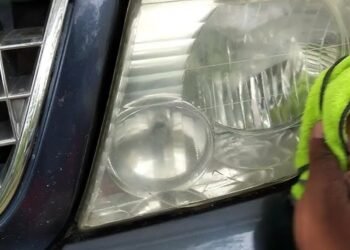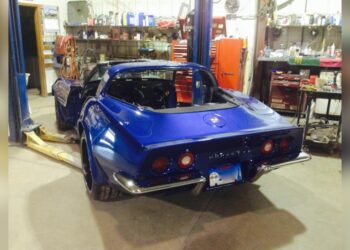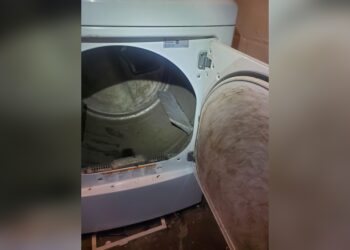If you own a Jeep, you know how important it is to be prepared for any adventure. Adding a winch to your stock Jeep bumper can be a game-changer, giving you the power to pull yourself out of tricky situations on the trail.
But can you really put a winch on your stock bumper without upgrading the whole setup? The good news is, yes—you can. You’ll discover simple, step-by-step guidance on how to install a winch on your stock Jeep bumper safely and effectively.
Whether you want to boost your Jeep’s off-road capability or just add that extra layer of confidence, we’ll walk you through everything you need to know to get the job done right. Ready to take your Jeep to the next level? Let’s dive in.
Choosing The Right Winch
Choosing the right winch for your stock Jeep bumper is crucial for safe and effective recovery. A well-selected winch matches your Jeep’s weight and typical off-road challenges. It also fits the stock bumper’s design without causing damage or requiring major modifications.
Consider key factors like the winch’s size, capacity, and type. These ensure the winch works well with your Jeep’s stock bumper and handles the loads you expect during recovery.
Winch Size And Capacity
Select a winch with a pulling capacity at least 1.5 times your Jeep’s gross weight. This provides a safety margin for tough recoveries. For most Jeep models, a winch rated between 8,000 and 10,000 pounds is ideal.
Do not choose a winch that is too small. It will struggle with heavy pulls and may overheat. A winch that is too large can be heavier and harder to mount on the stock bumper.
Balance capacity with your Jeep’s needs and stock bumper strength. Check your Jeep’s manual or online forums for recommended winch sizes.
Winch Types Suitable For Stock Bumpers
Electric winches are the best option for stock Jeep bumpers. They offer good power and fit well without major changes. These winches run off your Jeep’s battery and are easy to operate.
Hydraulic winches are powerful but require a hydraulic system upgrade. They are heavier and more complex, usually not ideal for stock bumpers.
Look for winches with compact designs and mounting kits made for stock bumpers. Some brands offer winch plates that bolt directly to the bumper, simplifying installation.
Assessing Your Stock Jeep Bumper
Before installing a winch on your Jeep, check the stock bumper carefully. The bumper must support the winch securely. This prevents damage and ensures safe use during recovery. Not all stock bumpers are designed to hold a winch. Knowing your bumper type and strength is key to a smooth installation.
Look for any signs of wear or damage on the bumper. This could affect how well it holds a winch. Understanding the material and build of your bumper helps select the right winch and mounting method.
Plastic Vs Steel Bumpers
Stock Jeep bumpers come in two main materials: plastic and steel. Plastic bumpers are lighter but less strong. They often need extra support or a special winch mount. Steel bumpers are heavy and built for strength. They usually handle winch installations better without extra modifications.
Plastic bumpers may require cutting or reinforcement. Steel bumpers can support heavier winches and rough use. Knowing your bumper’s material helps plan the installation and choose the right gear.
Strength And Compatibility Check
Check the strength of your bumper before mounting a winch. It must hold the winch’s weight and the force during use. The frame behind the bumper also matters. A weak frame can fail even if the bumper is strong.
Measure the mounting points on your bumper. Make sure they match the winch plate you want to use. Some stock bumpers need special brackets for proper fit. Confirming compatibility avoids costly mistakes and unsafe setups.
Required Tools And Materials
Installing a winch on your stock Jeep bumper requires some specific tools and materials. Gathering everything before starting makes the process smoother and faster. Understanding what comes with your winch kit and what extra parts or changes you might need is important. This section breaks down the essential items for a successful winch installation on your Jeep.
Winch Kit Components
A typical winch kit includes the winch motor, drum, and cable or synthetic rope. It also comes with a roller fairlead or hawse fairlead to guide the cable. Most kits provide a mounting plate that fits your bumper. You will find a control box and a remote control for operating the winch. Wiring harnesses and connectors are included to link the winch to your Jeep’s battery.
Make sure your winch kit matches your Jeep model and bumper type. Double-check the weight rating of the winch to ensure it suits your vehicle’s size and expected tasks.
Additional Hardware And Modifications
Besides the winch kit, you may need extra bolts, washers, and nuts to secure the winch firmly. Lock washers help prevent loosening from vibrations. You might require a drill and drill bits if your bumper needs new holes.
Sometimes, the stock bumper needs slight modifications to fit the winch plate. Cutting or trimming parts of the bumper may be necessary. A socket wrench set, screwdrivers, and a torque wrench are handy tools for tightening bolts to the right strength.
For the wiring, you will need cable ties, electrical tape, and possibly a fuse or circuit breaker for safety. A battery disconnect switch adds extra protection when the winch is not in use.
Preparing The Jeep For Installation
Before installing a winch on your stock Jeep bumper, proper preparation is crucial. This step ensures a smooth fit and safe operation. Taking time to prepare your Jeep helps avoid damage and saves time during installation.
Start by carefully removing the stock bumper. Then, clear any obstructions like vacuum pumps. These steps create the space needed for the winch and mounting hardware.
Removing The Stock Bumper
Begin by disconnecting all electrical connections on the bumper. Use the correct tools to remove bolts holding the bumper in place. Keep bolts and hardware organized for reassembly or future use.
Slowly pull the bumper away from the Jeep frame. Make sure no wires or sensors are still attached. Removing the bumper fully exposes the mounting area for your winch.
Clearing Obstructions Like Vacuum Pumps
Inspect the area behind the bumper for parts blocking the winch fit. Vacuum pumps often sit in this space. Removing or relocating them is necessary for proper winch installation.
Unbolt the vacuum pump carefully to avoid damage. Set it aside in a safe place. This clears the way and allows the winch plate to sit flush against the frame.
Installing The Winch Plate
Installing the winch plate on a stock Jeep bumper is a key step to add recovery power. The plate acts as the base to mount your winch securely. Proper installation ensures the winch works well and stays safe during use.
This process involves aligning the plate correctly and sometimes modifying the bumper. These steps make sure the winch fits tightly and performs without issues.
Aligning And Securing The Plate
Start by placing the winch plate on the bumper. Check that the bolt holes line up with the bumper’s mounting points. Use a level to keep the plate straight and even.
Secure the plate using the bolts provided with your winch kit. Tighten the bolts evenly to avoid warping the plate. Double-check the fit to ensure the plate does not shift.
Modifying The Bumper If Needed
Some stock bumpers may require slight modifications for the winch plate. This can include trimming plastic parts or drilling new holes. Use proper tools and measure twice before cutting.
Make sure any changes do not weaken the bumper’s structure. Keep the modifications clean and smooth to prevent rust or damage. Test the fit of the plate again after modifications.

Credit: www.jeepgladiatorforum.com
Mounting The Winch
Mounting the winch on your stock Jeep bumper is an important step for off-road readiness. Proper installation ensures the winch works safely and efficiently. This section covers how to attach the winch and handle the wiring connections.
Attaching The Winch To The Plate
Start by placing the winch onto the mounting plate. Align the holes on the winch with the plate bolts. Use the bolts and nuts provided with the winch kit. Tighten them securely to prevent movement during use. Check the alignment to make sure the winch sits flush. Avoid overtightening to protect the threads.
Wiring And Electrical Connections
Connect the winch to your Jeep’s battery for power. Use thick gauge cables for safety and efficiency. Attach the positive cable to the battery’s positive terminal. Connect the negative cable to a solid ground on the Jeep’s frame. Secure all connections with insulated terminals. Test the winch by running it briefly to ensure proper operation. Keep wires away from heat and sharp edges.
Reinstalling The Bumper
Reinstalling the bumper after fitting a winch on your stock Jeep requires care. This step ensures safety and proper function. A well-installed bumper holds the winch securely and keeps your Jeep ready for off-road challenges.
Take your time to align the bumper correctly. Check all mounting points and tighten bolts evenly. Proper reinstallation prevents damage and maintains your Jeep’s original look.
Ensuring Proper Fit And Clearance
Check the bumper’s fit around the winch carefully. The winch should not press against the bumper or other parts. Leave enough space for the winch cable and fairlead to move freely.
Make sure the bumper sits flush with the Jeep’s frame. Avoid gaps that can cause rattling or reduce strength. Clearances help in easy winch operation and avoid damage on rough terrain.
Checking Radiator Airflow
After reinstalling the bumper, inspect the airflow to the radiator. The winch and bumper should not block air from reaching the radiator. Proper airflow prevents engine overheating, especially during tough drives.
Look behind the bumper and winch for any obstructions. Keep the space clear to allow cool air to pass. This step helps your Jeep run smoothly and stay cool in all conditions.
Testing And Maintenance
Testing and maintaining your winch on a stock Jeep bumper is essential for safe and reliable use. Regular checks ensure the winch works when needed. Maintenance keeps the winch in top condition and extends its life.
Winch Operation Test
Start by powering on the winch to confirm it activates properly. Run the winch cable out fully and then rewind it slowly. Listen for unusual noises like grinding or clicking. Check that the cable spools evenly on the drum. Test the remote control buttons to make sure they respond quickly. Perform a load test by pulling a small weight or vehicle gently. Stop immediately if the winch struggles or overheats. Repeat this test every few months to catch problems early.
Routine Inspection Tips
Inspect the winch cable for frays, rust, or kinks. Replace the cable if any damage appears. Examine the mounting bolts on the stock bumper for tightness. Loose bolts can cause damage or failure. Clean the winch and bumper area to remove dirt and debris. Lubricate moving parts with a light oil to prevent rust. Check electrical connections for corrosion or loose wires. Cover the winch with a protective cover when not in use to shield it from weather. Regular inspections prevent costly repairs and keep your winch ready.
Safety Tips For Off-road Winching
Using a winch on your Jeep’s stock bumper can help in tough off-road situations. Safety is very important during winching. Winching involves strong forces that can cause injury or damage if done wrong.
Knowing how to use the winch safely protects you and your vehicle. Follow these tips to avoid accidents and ensure smooth recovery.
Winch Usage Best Practices
Always wear heavy gloves when handling the winch cable. Keep hands and body clear of the cable under tension. Use a winch damper or heavy blanket to reduce recoil if the cable breaks.
Check the winch cable for frays or damage before use. Use a slow, steady pull rather than sudden jerks. Engage the vehicle in neutral or 4WD low gear for smoother winching.
Stand clear of the winch line and do not step over it. Use a remote control to operate the winch from a safe distance. Ensure the winch is rated for your Jeep’s weight.
Avoiding Common Installation Mistakes
Do not mount the winch on weak or plastic parts of the stock bumper. The winch must be securely attached to a strong frame or winch plate. Use proper bolts and hardware specified by the winch manufacturer.
Check clearance around the winch for radiator airflow to prevent overheating. Avoid routing cables near hot or moving parts. Inspect all wiring connections for tightness and corrosion resistance.
Test the winch installation on flat ground before heading off-road. Make sure the winch drum spins freely and the cable winds evenly. Fix any alignment issues before use.
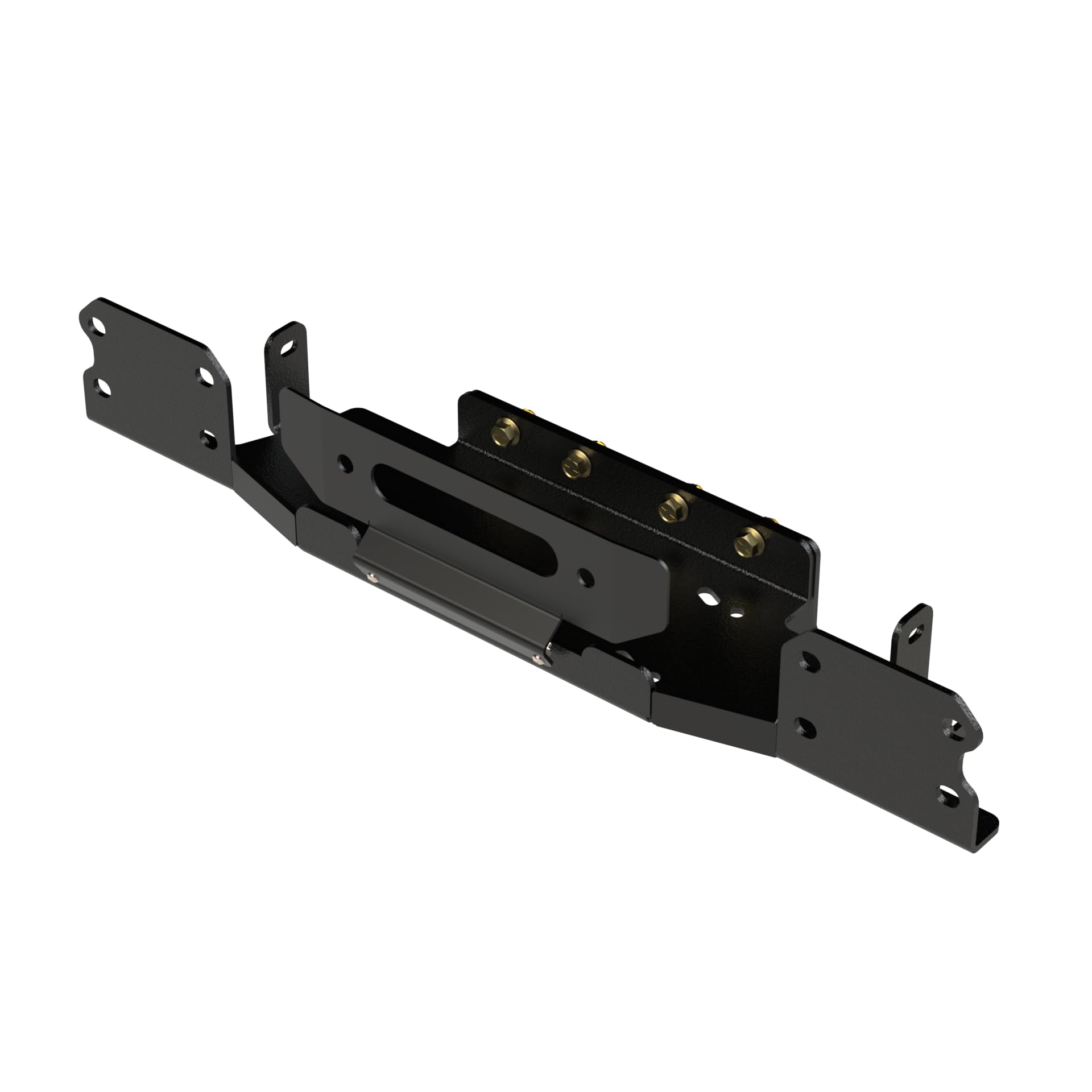
Credit: www.amazon.com
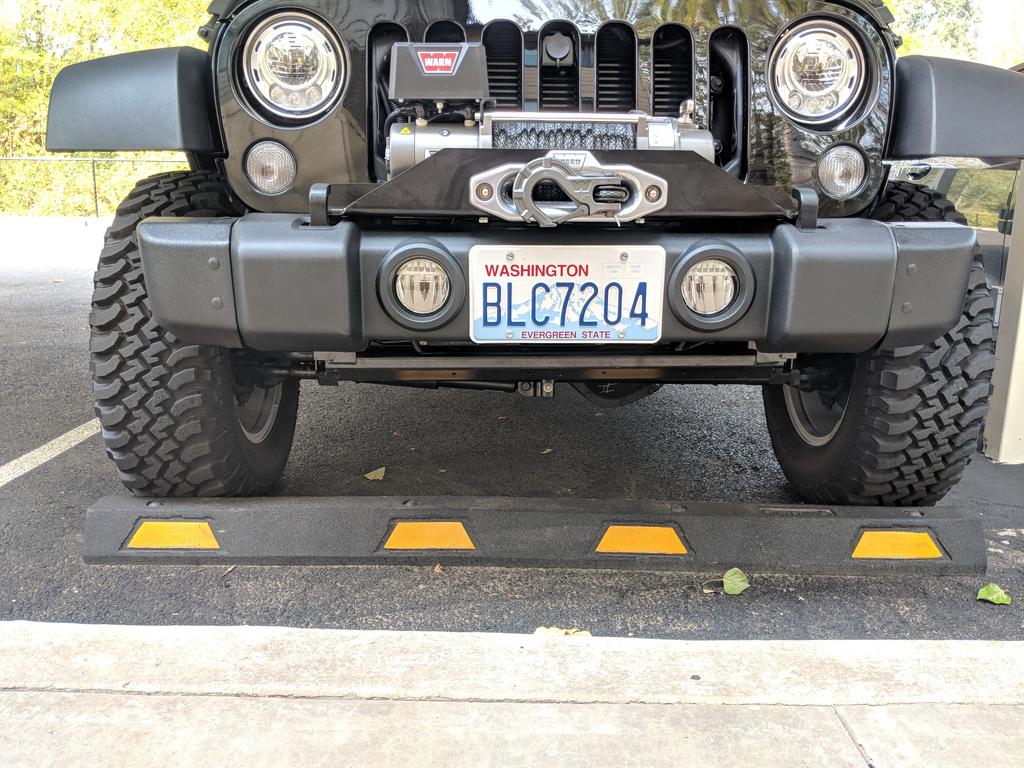
Credit: www.wranglerforum.com
Frequently Asked Questions
Do You Need A Special Bumper For A Winch?
You often need a special or reinforced bumper to safely mount a winch. Stock bumpers may lack proper strength or mounting points. Upgrading ensures secure installation and protects your vehicle’s radiator from airflow blockage.
Can You Put A Winch On A Ranch Hand Bumper?
Yes, you can install a winch on a Ranch Hand bumper. Ensure the bumper has a compatible winch mount plate. Check weight capacity and fitment before installation.
Should I Put A Winch On My Jeep?
Installing a winch on your Jeep enhances off-road recovery and safety. Ensure your bumper supports the winch or upgrade it for proper fit and strength.
How Strong Of A Winch Do I Need For A Jeep Wrangler?
Choose a winch with at least 1. 5 times your Jeep Wrangler’s gross vehicle weight. Typically, a 9,500 to 12,000-pound winch works best. This ensures reliable recovery power for off-road situations.
Conclusion
Installing a winch on your stock Jeep bumper improves your vehicle’s capability. It can be done with proper tools and some modifications. Make sure the winch fits securely and does not block airflow to the radiator. Check all connections and test the winch before heading off-road.
This upgrade adds safety and convenience during recovery situations. With patience and care, your Jeep will be ready for tougher adventures. Keep your setup simple and reliable for the best results.


